With your engagement more virtual than ever during the COVID-19 pandemic, it’s time to dust off your nonprofit’s blog and use it to reach out to your supporters and those you serve. Plus, it doesn’t cost a thing! See how nonprofit blogs can be used to inform, inspire, and connect, including examples from real nonprofits dealing with this new reality.
Your Built-In Megaphone
We talk a lot about your nonprofit website serving as a core hub for marketing and communications. It’s a place where you can publish content however and whenever you like (though let’s stick to a strategy, please). Your website is also a foundational piece for content distribution and getting your point of view out into the world.
When your website includes a blog, you have the added benefit of a built-in megaphone for your message. It’s a place to elevate and highlight your top news, issues, stories and resources. And in a pandemic or other emergency, that’s exactly what you need to cut through the noise.
Why Use It Now
There are a lot of perks to blogging, especially when you need to quickly communicate something with a lot of flexibility. This makes your blog an especially good fit in a crisis communication plan:
- You have the control to publish posts anytime and make updates whenever you need them.
- There are lots of different types of content you can share in a blog post, from a press release to a heartwarming story and video.
- Blog posts are relatively easy to create and collaborate on while working remotely, including gathering feedback and posting the final product.
Put your blog to work for you now. You’ll be happy you did, even when this is all over.
Examples of Great Nonprofit Blogs
Whether you’re new to blogging for your nonprofit or you manage an established blog, we pulled together some examples of different approaches and types of posts that are sure to inspire. See how these organizations are ramping up and diversifying their blog posts to serve their audiences.
Seattle Symphony
The Symphony has been keeping busy on their blog by posting about their live stream concerts for at-home audiences plus some craft ideas. Be sure to check out how each post includes a call-to-action to support the organization.
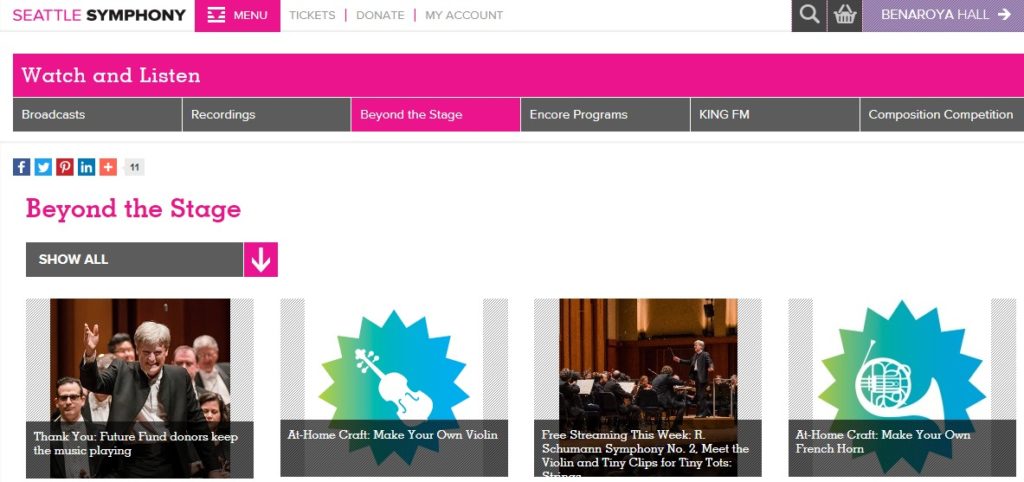
San Francisco-Marin Food Bank
The Food Bank has kept its blog focused on the pandemic without rehashing the same stories and messages. See how they offer a mix of service updates, community stories and messages of thanks.
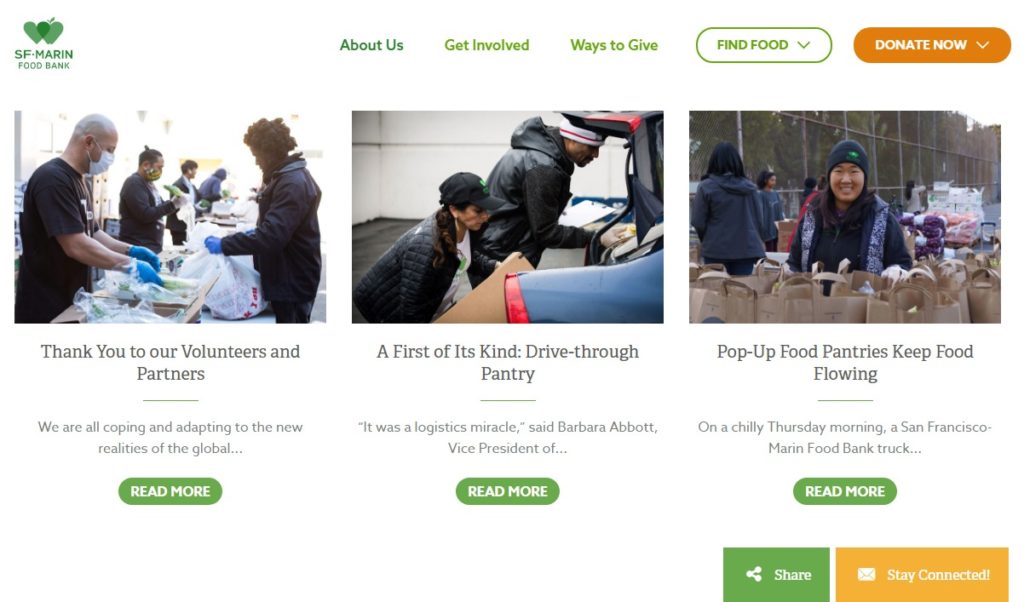
Brooklyn Community Foundation
The Community Foundation blog offers inspiring and informative content that ranges from what’s going on in the local area and grants to helpful resources like webinar recordings.
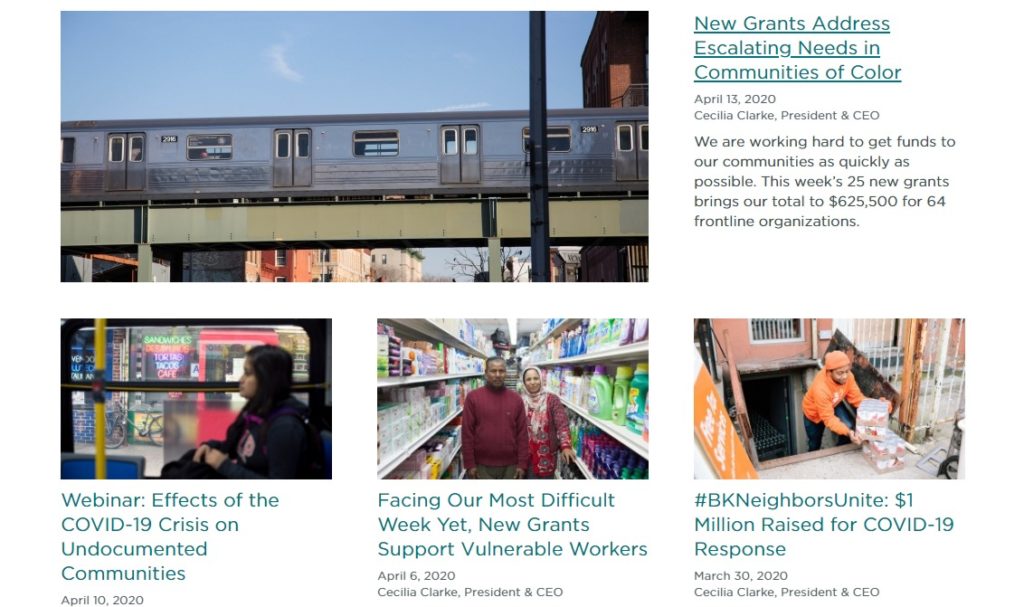
KIF1A.ORG
KIF1A.ORG has a regular blog schedule with organizational news and #ScienceSaturday posts, but they also work in timely calls-to-action when needed, like this new advocacy post related to the nation’s coronavirus response.
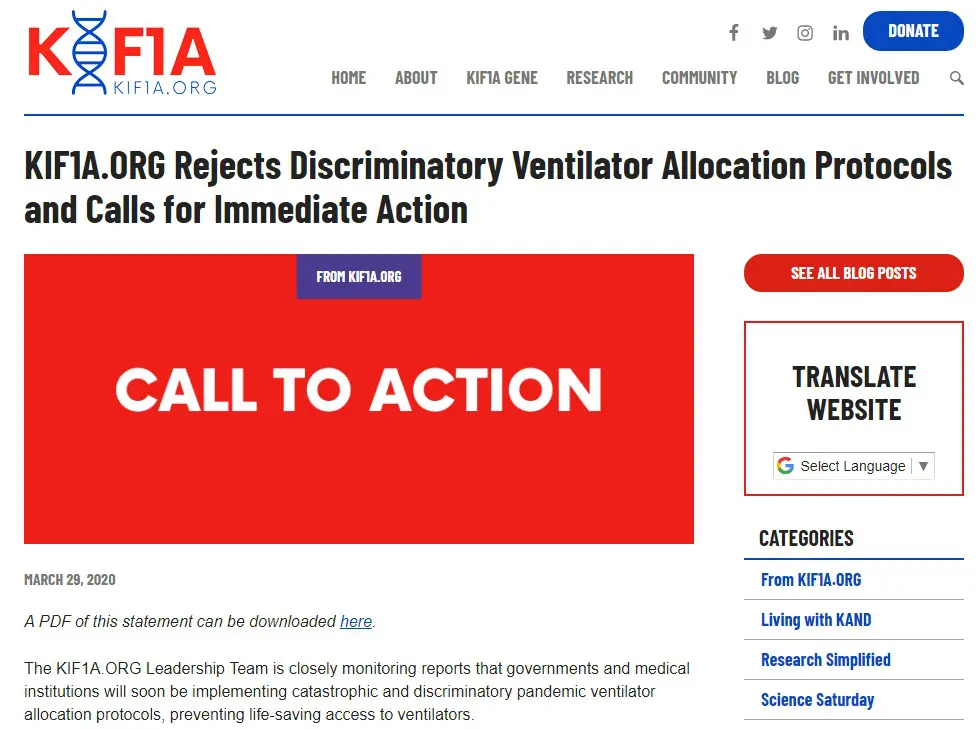
National Alliance on Mental Illness
The NAMI blog has been busy offering tips, advice and insights on the impact of COVID-19 on our daily lives. They leverage access to experts and personal stories to serve their audience and help build meaningful connections.
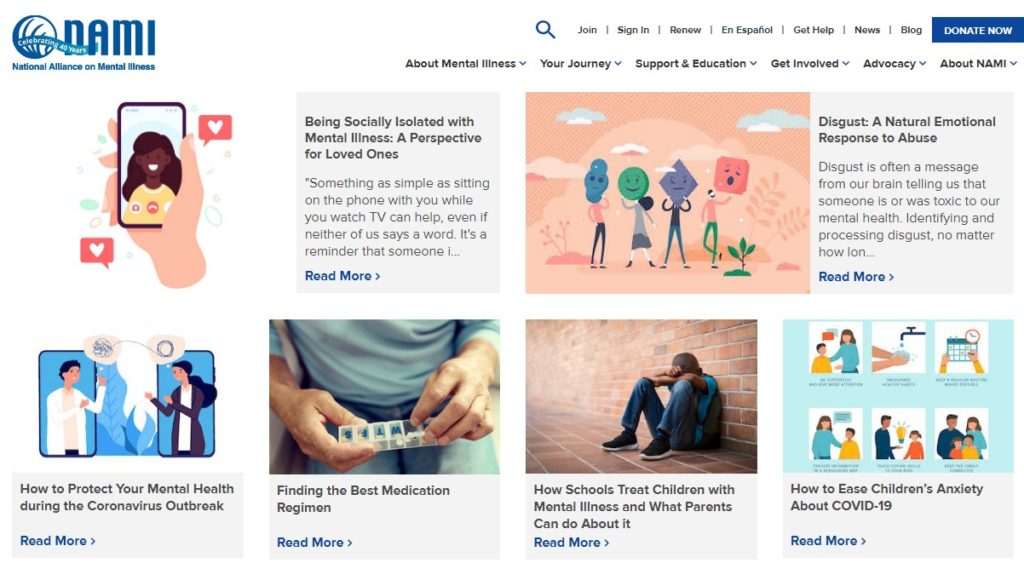
Phoenix Zoo
Arts, cultural and educational groups that aren’t able to host people at their locations are getting creative about bringing programming online. The Zoo uses their blog to publish and share a digital safari that folks can enjoy anytime, anywhere.
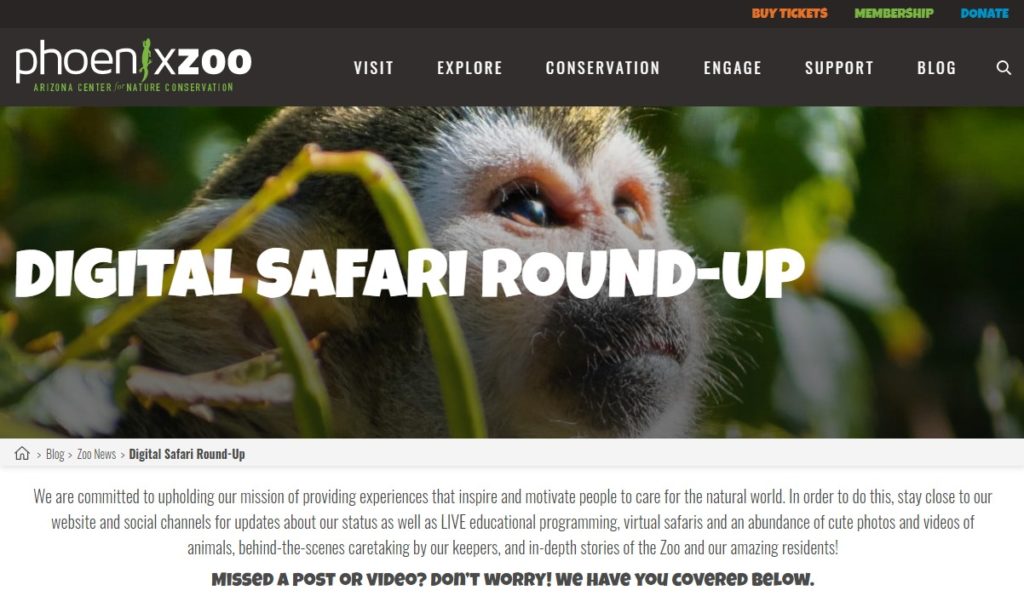
Armand Bayou Nature Center
This Nature Center decided to fire up a new blog while they’re closed. They use a collection of high-quality wildlife photos and insights from their naturalist staff, proving that you don’t need to get crazy with your blog or have a huge team to offer great content.

Doing It Right: Nonprofit Blog Tips
If you’re feeling overwhelmed at the prospect of starting to blog or ramping up your blog posts, don’t fret just yet. There are ways for nonprofit blogs to be manageable even when you have a lot of other things on your marketing to-do list. As you reconsider your strategy, keep these tips in mind so that you create a sustainable approach that offers you the most value.
- Consider your target audience personas and what they care about when planning your topics and post types.
- Keep track of your posts and ideas in an editorial calendar.
- Try to use different voices like staff, participants, and partners.
- Use our blog post checklist before you publish to ensure your post is ready for prime time.
- Don’t forget about a promotion plan for each post, like sharing it on social media, in an email newsletter, and building internal links.
- Plan to engage with your readers with comment moderation.
We’re obviously big blog enthusiasts around here, but we know that a lot of nonprofits struggle to use this communication channel consistently. Now that the pressure is on to find new ways of keeping your community engaged online, it’s a good time to take another look at your blog (or starting one) to meet your marketing goals.
Has your blogging strategy changed during coronavirus? Do you have other examples of nonprofit blogs to share? See you in the comments.
What You Should Do Now
01. Come to Nonprofit Website Office Hours
We cover a new topic every few weeks. Plus get a live answer to any website-related question you're wrestling with.
02. Book a Website Call
Find a time to discuss your nonprofit's website needs. Discover what's worked for other nonprofits like you and see how easy building your new site can be.
03. Start a Free Website Trial
Try our nonprofit website platform for yourself. Instantly get access to every feature to see if it's the right fit for your needs. No credit card required.

Comments